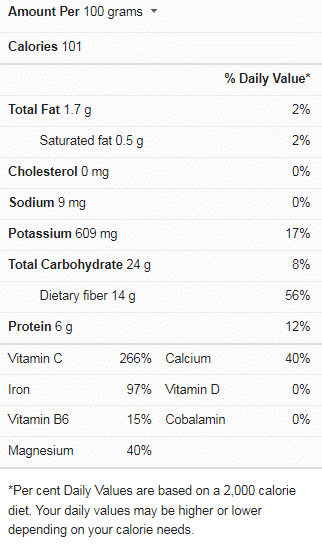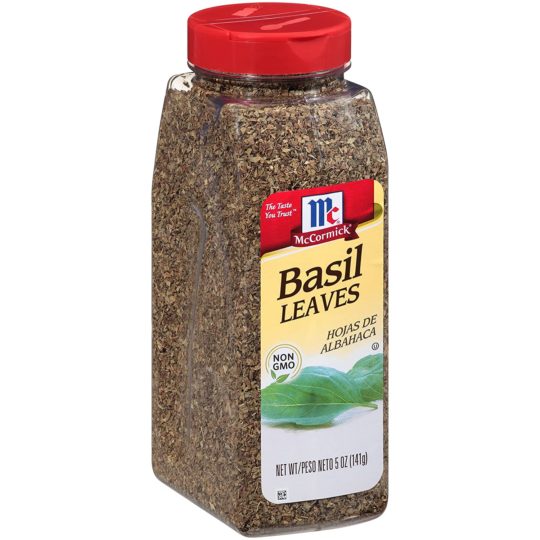Updated on April 9th, 2023
Thyme’s origins can be traced back to ancient Mediterranean communities. Yet, it is today farmed and cooked with all over the world. However, its use has not always been limited to the kitchen. According to research, ancient Egyptians used thyme’s potent antibacterial properties in embalming rites.
Furthermore, thyme has been used in food preservation throughout its recorded history. It possesses a pleasant herbal flavor and antimicrobial characteristics, which makes a lot of sense!
This article will provide you with more knowledge on fresh thyme and its use in recipes. In addition, I have highlighted some excellent alternatives to fresh thyme because someday, you may run out of fresh thyme anytime, or maybe you want something different.
Enjoy an interesting read.
What is Fresh Thyme
Thyme is a herb with little leaves growing on slender stalks in clusters. Thyme leaves can be kept fresh in the refrigerator for up to three days after being plucked from the stem.
Fresh thyme is used to season a variety of meals, either alone or as a bouquet garni with other popular herbs such as rosemary, sage, and marjoram. Notably, thyme is suitable for all diets. It is rarely considered an allergy, so anyone looking to cook with fresh herbs can use it.
However, the main difference between dried thyme and fresh thyme is that the dried one usually needs to be rehydrated, either on its own or during the cooking process.
Moreover, dried thyme leaves can be used in place of fresh thyme leaves in any application. Therefore, you need to use one-third of dried thyme as fresh.
Thyme Nutrition Facts

Fresh Thyme Uses in Recipes
Fresh thyme is widely used in spicing up baking and braised or roasted meat, vegetables, or shellfish. Moreover, it can also be added to marinades, soups and stocks, cocktail ingredients, and teas to enhance flavor and depth.
Check this list of varieties of cuisine recipes you can utilize fresh thyme in:
- Cocktail with Old Thyme.
- Walnut Honey and Thyme Goat Cheese Toast.
- Grilled Salmon with Thyme and Lemon.
- Roasted Potatoes with Thyme.
- Creamy Lemon Chicken with Thyme
- Thyme Tea.
- Lemon-Thyme Tea Bread.
- Garlic, Lemon, and Thyme Roasted Chicken.
- Chicken Salad with Thyme.
- Roasted Carrots with fresh thyme.
- Fresh Thyme Bread with Olive Oil.
- Roasted Root Vegetable Salad with Walnuts and Thyme.
- Baked Cheddar Gratin with Fresh Thyme.
- Creamy Pumpkin puree with Thyme.
- Braised Mediterranean Chicken.
- Butterbean and Thyme Omelette.
- Pineapple Rightside-Up Cake with Thyme.
- Easy Pan Chicken Breast with Thyme.
- Zucchini with Thyme.
- Apple-Pomegranate Gallete with Thyme.
Fresh Thyme Substitutes
Fresh thyme is utilized in a wide range of recipes and cuisines. It’s really popular and usually available, but what can you do if you don’t have any or want something different?
These are some interesting thyme substitutes for cooking. You should check them out and give them a try:
Oregano

Oregano, also known as sweet marjoram, has a flavor comparable to thyme in that it is highly unique and fresh. Oregano has many earthy, minty, savory, and somewhat bitter notes as thyme, whether fresh or dried. Oregano has a strong odor that reminds one of grass and hay – a spicy, herbal undertone, which adds to its richness.
Fresh oregano can be used in place of fresh thyme leaves. Nonetheless, if you’re substituting Mexican oregano for fresh thyme, use half the amount of dried oregano for half the amount of fresh thyme called for in your recipe, as the dried herb can be powerful and throw your recipe off.
Marjoram

Marjoram is also an excellent substitute for fresh thyme. Like oregano, this plant has minty and woody undertones, but it has a more delicate and sweeter flavor.
Fresh thyme can be substituted with dried or fresh marjoram. Moreover, when using marjoram as a substitute for fresh thyme, stick to a 1:1 ratio for a more balanced flavor.
Also, if you’re substituting dried marjoram for fresh thyme, use half the amount.
Marjoram, which comes in both fresh and dried forms, adds a delicate flavor to delicate vegetables, tomato-based foods like tomato sauce and pizza, and poultry seasoning.
Basil

Basil is a herb that belongs to the mint family of its category. Notably, it provides taste to dishes and contains nutrients that may be beneficial to one’s health.
Since basil is related to thyme, it can be substituted for thyme in various cuisines. Basil can be used as a thyme alternative – notably in these cases – in any tomato-based or Mediterranean cuisine, such as chickpea quinoa salad. However, dried basil is might not be an advisable substitute.
Since fresh basil is more vibrant than fresh thyme, use half the fresh basil. However, since dried basil has a more muted flavor, a 1:1 substitution for fresh thyme would be appropriate.
Frequently Asked Questions (FAQs)
Can dried thyme be substituted for fresh?
Yes, in this ratio – if the recipe calls for dried oregano, use three times as much fresh herbs; if the recipe calls for fresh herbs, use 13 times as much dried herbs.
What is fresh thyme good for?
Fresh thyme is high in minerals and vitamins, which are beneficial to one’s health. Fresh thyme is also a good source of Vitamin c, potassium, and manganese, which are important for bone formation and blood clotting.
How do I use fresh thyme in a recipe?
Fresh thyme can be used whole, with the stem, in a recipe, or the leaves can be separated from the stem and sprinkled into a dish. Notably, if a “sprig” of thyme is called for in a recipe, the leaves and stem should be left intact.
Conclusion
Fresh thyme is a delightful Mediterranean herb that lends a pleasant flavor to savory foods and has numerous health advantages.
However, suppose you’re searching for a soothing meal and don’t have any thyme on hand. In that case, you’re probably wondering, “what can I substitute for thyme?” You can use one of the spices listed here to obtain the same layers of flavor you want – as thyme offers.